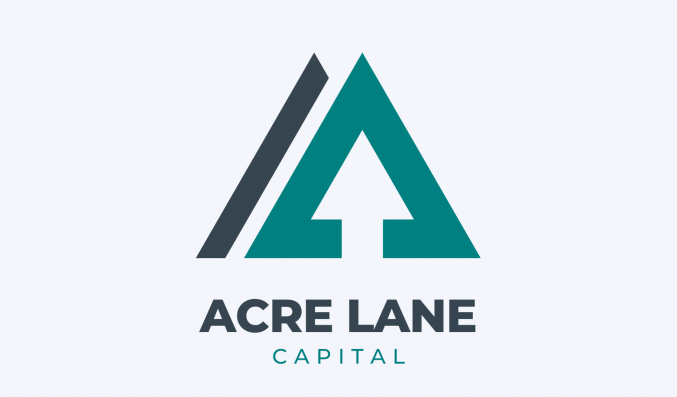Bridging Loans for Pensions & Retirees – A Guide
By Helen Jackson

According to research, a third of retirees plan to downsize to a smaller home to free up some cash. So if you’re retired and need a short-term injection of cash to help you downsize quickly or pay for medical costs, a bridging loan could be a solution worth exploring.
Bridging finance is short-term in nature, usually repaid within 12 months. You can repay your bridging loan by remortgaging your property, selling your property, or using your pension lump sum.
This guide is here to help you figure out whether a pension bridging loan is a viable option for you.
Can I get a bridging loan if I am retired or over 65?
If you’re retired, the good news is that there’s no maximum age when applying for a bridging loan. The lender is only really interested in how you plan on repaying the loan, so credit history and income do not factor into their decision-making process as they would in a traditional loan application.
As long as you have equity in your home, a pension payout coming your way, or a property to sell, you’ve got a good chance at securing a bridging loan.
Is it harder to get approved for bridging finance as a pensioner?
No, if you’re a pensioner, you have the same chance of being approved for bridging finance as any other applicant. You might even be at an advantage if you own your home outright — because you’ll have more equity in your home, which means it’s easier for you to repay your debt quickly as the funds are right there.
What costs can bridging loans help pensioners and retirees with?
Wondering how a bridging loan can help you if you’re retired? We’re talking you through four common ways they’re used below.
Downsizing property
A bridging loan is most commonly used to bridge the financial gap between buying and selling property. The property market moves fast, so if you’ve already got your eye on the perfect house to downsize to, you want to move on the sale quickly. But there’s a problem; you haven’t yet sold your current home.
That’s where a bridging loan comes in handy—bridging finance fronts you the money you need to put down a deposit and get the ball rolling. When your current house sells, you can use some of the money to pay back your loan.
Home maintenance
If you want to spruce up your home before you sell (and maximise the profits), you can use a bridging loan for this purpose. Add value to your home, put it on the market and reap the financial gains.
If you want to do maintenance on your home and don’t intend to sell, you can still use bridging finance to refurbish or renovate your house. You can remortgage the property based on its newly added value and release the equity to repay the loan.
Assisted living and care costs
If you find yourself needing to pay for assisted living or associated care costs, a bridging loan can help you access the cash you need quickly. You can repay the loan when you’ve sold your previous property or when your pension comes in.
If your plan is to use your pension to pay for assisted living costs, bridging loans can help support you financially while you await your pension payout.
Bear in mind that not every lender might accept a pension payout as an exit strategy; you’re best checking with the lender’s criteria.
Private medical costs
Let’s say you need to foot the medical bill for a private operation. Unfortunately, remortgaging your home to release equity can take weeks. Time isn’t a luxury you can afford in this kind of situation, but bridging finance can help you pay the bill while your remortgaging application comes through.
It can take as little as 72 hours to set up bridging finance, whereas a remortgaging application can take up to eight weeks.
Are bridging loans safe for pensioners?
Before you take on any loan, it’s essential you weigh up the pros and cons — taking out a bridging loan is not a decision to be taken lightly.
What are some of the risks and considerations you should contemplate?
- Bridging loans are expensive. Interest is charged on a monthly basis, which means the longer you take to repay the loan, the more expensive it becomes. Make sure you can afford the total cost of the loan.
- Bridging loans are a complex form of finance. High street banks don’t traditionally offer them to customers, so you’ll have to seek out a specialist company.
- There are many other associated costs when taking out a bridging loan. Make sure you understand all of these costs before you sign on the dotted line. Look out for lender fees, exit fees, valuation fees and legal fees.
To sum up
A bridging loan has its pros and cons, but it can be a good option if you need cash quickly and you can easily afford to repay the loan amount in a short period of time. These loans give you the flexibility to move quickly on your downsized property, so you don’t miss out on great opportunities, and they can help you pay for private medical costs without having to delay necessary appointments or surgeries.
Ultimately, there are many other financial products on the market, so make sure bridging finance is the right fit for your circumstances before you apply.
If you’ve got questions about bridging finance, get in touch with our specialist lenders.
Not sure if bridging finance is for you? Check out these bridging loan alternatives.










You must be logged in to post a comment.